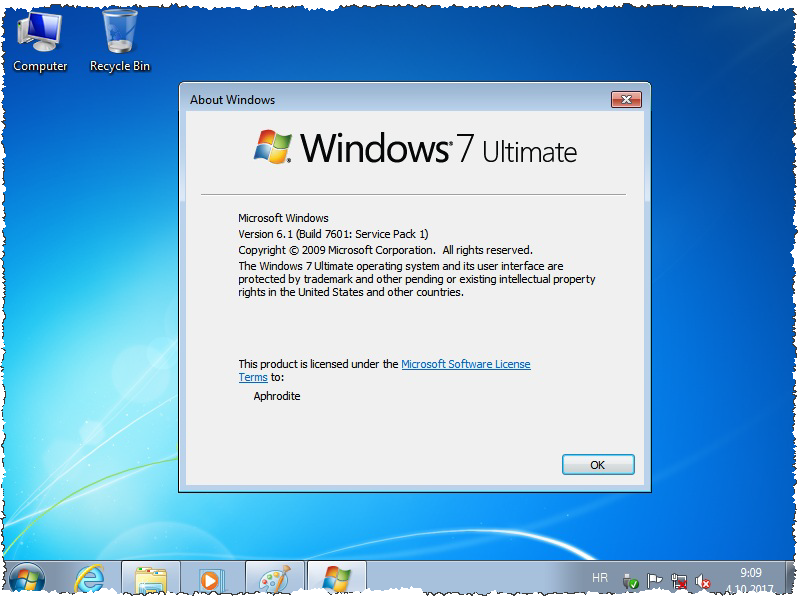

- #SUPER DENOISING FOR WINDOWS FULL#
- #SUPER DENOISING FOR WINDOWS SOFTWARE#
- #SUPER DENOISING FOR WINDOWS CODE#
The authors used linear interpolated data and original data as the inputs and outputs, respectively, and they used SVR to obtain the relation between the inputs and outputs. Proposed using supported vector regression (SVR) (Cortes and Vapnik, 1995)įor seismic interpolation. They used KRLS to construct and optimize the network and obtain meaningful results. The authors used toy velocity models to generate records, and set the velocity models and records as inputs and outputs of a network, respectively. ( 2014) proposed using a kernel-regularized least squares (KRLS) (Evgeniou et al., 2000) method for fault detection from seismic records. Noise estimation is used for reducing labor and uncertainty (Liu et al., 2013), which is still an approximate procedure. For example, the noise level is unknown in field data random noise attenuation, such that repeated numerical tests with different variances are required, causing low efficiency. Furthermore, the fine tuning of parameters by experience is required for good denoising quality. However, dictionary learning is still based on the sparsity assumption. Train an adaptive sparse transform from the dataset, rather than using a pre-designed transform. Adaptive dictionary learning methods (Yu et al., 2015) For example, the sparse-transform-based methods used currently assume that seismic data can be represented sparsely with a specially designed transform however, this assumption is not suitable for field data. The seismic data models are still approximations of the field data.
#SUPER DENOISING FOR WINDOWS FULL#
READ FULL TEXT VIEW PDFĪlthough many methods are proposed for random and coherent noise attenuation, the algorithms still encounter two bottlenecks: inaccurate assumptions and improper parameter settings. Noise attenuation with unknown variance, linear noise, and multiples. Show the potential applications of deep learning in the automation of random The same order as the f-x deconvolutional method. The runtime of deep learning on a graphics processing unit for denoising has Is used to solve the optimal parameters for the convolutional neural network. With the wave equation in the multiple attenuation. Generated with manually added noise in random and linear noise attenuation, and Neural network as the basic tool for deep learning. Requirements of (i) accurate modeling of the signal and noise, and (ii) optimal Training, the deep learning method achieves adaptive denoising with no Traditional seismic noise attenuation algorithms that depend on signal modelsĪnd their corresponding prior assumptions, a deep neural network is trainedīased on a large training set, where the inputs are the raw datasets and theĬorresponding outputs are the desired clean data.

There are eight alternatives to Super Denoising for a variety of platforms, including Windows, Mac, Android, iPhone.We herein introduce deep learning to seismic noise attenuation.
#SUPER DENOISING FOR WINDOWS SOFTWARE#
Super Denoising is described as 'powerful, professional image noise reduction software that detects and removes noise from images, perfect for handling grainy and underexposed digital images' and is an app in the Photos & Graphics category. An Add-on that allows you to have amazingly clean render results, even at low samples!And everything with just a single click!SID is blenders first Temporal Data Denoising addon!For Blender 2.83 and above!How to use it: watch this!Get frequent updates: join discord!Features:- You can select 3 quality settings:StandardHighSUPER- select each pass you would like to use- Multilayer-EXR support. It handles multiple contrasts with different resolutions and field-of-views.

It inverts a generative model of the data with a multi-channel total-variation prior.
#SUPER DENOISING FOR WINDOWS CODE#
Denoising / Super-Resolution This code denoises or super-resolves multi-contrast MR images. Super Denoising proprietary technology will ensure the best denoising results. Super Denoising is indispensable in high-precision night shots taken with DSLr and low-light (indoors, night, no-flash, astro) and high-speed (sport, action, children) photography captured by smartphones, which offer you no control over the ISO.


 0 kommentar(er)
0 kommentar(er)
